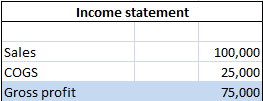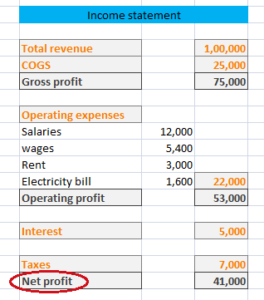Meaning of Amalgamation:
Amalgamation is the process in which a new company is formed by dissolving two or more companies. Amalgamation happens in companies running the same line of business or have some synergy in their operations.
For example: Companies ABC Pvt Ltd and XYZ Ltd decide to merge their business and start operating as a new company i.e. PQR Pvt Ltd.
Effects of amalgamation:
Amalgamation has certain effects on the participating companies. These effects are as follows:
-
Existence of existing companies:
The existence of existing companies disappears from market as both the companies are dissolved while formulating a new company.
-
Assets and Liabilities of companies:
The new company takes over the assets and liabilities of participating companies.
Advantages of amalgamation:
In amalgamation, the newly formed company get advantages over the merged ones. These advantages include:
-
Stronger company:
The assets of companies are collectively used by the newly established company. Thus, it comes into existence as a stronger company from all the merged companies.
-
Larger customer base:
As a combined unit, all the amalgamated companies share their customer base which is accumulation of total customer base of merged companies.
-
Eliminate competition:
Earlier the companies were competing with each other but after shaping into one they get edge over their competitors.
-
Improve managerial effectiveness:
After amalgamation, management of participating companies work together for the growth of newly launched company. It doesn’t only increase their chances of success in market but also makes the decision making process more effective.
Disadvantages of amalgamation:
The disadvantages of amalgamation of companies are increased liabilities and chances of monopoly.
-
Increased liabilities:
On one side, participating companies combined their assets, on other side they carry their accumulated liabilities.
-
Chances of monopoly:
When two or more companies share their resources, there are chances that they diminish their competition. This could result in monopoly of company.
Test your knowledge: Take a quiz on amalgamation



